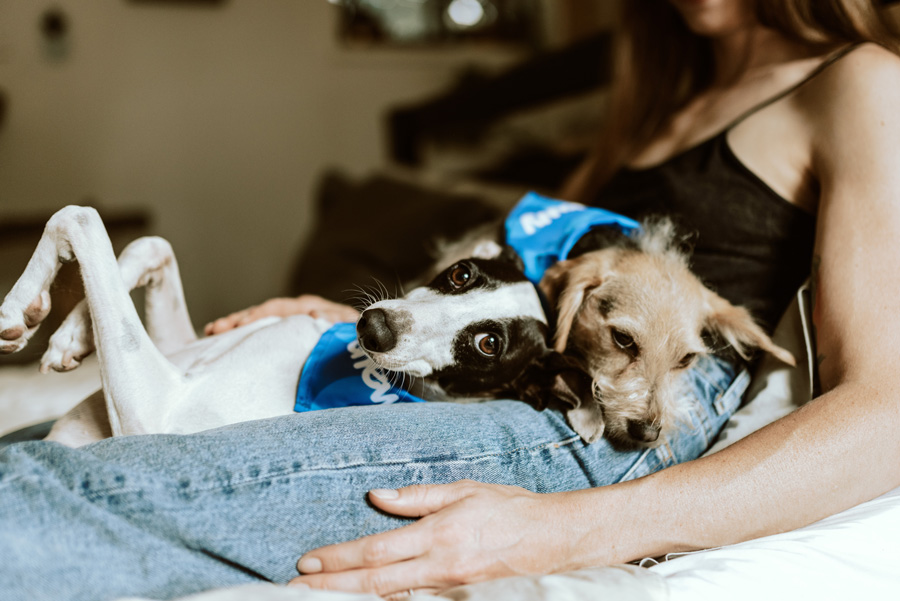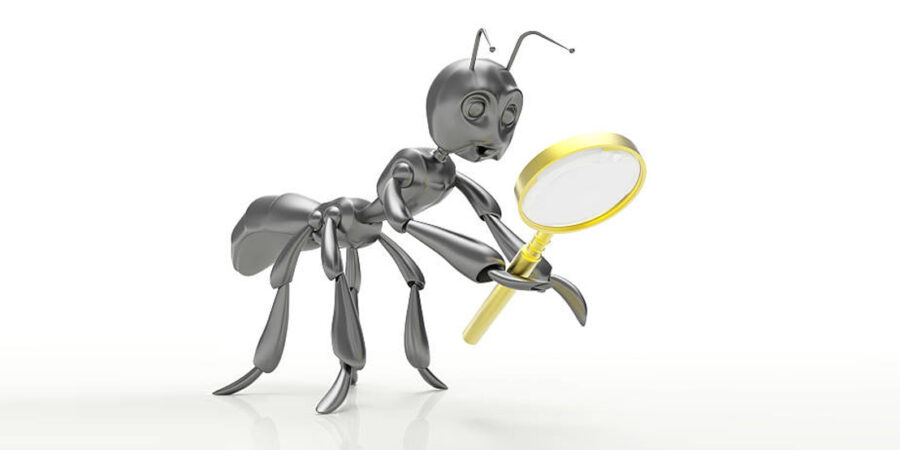Insects may help in the non-invasive diagnosis of cancers.
A few years ago, there was a report about using dogs to sniff out skin cancer. A few patients had reported that their pet pooch had been obsessively sniffing or staring at lumps that turned out to be basal cell cancers or melanomas.
The reason cancers have a detectable scent is because cancer cells have a different metabolism to normal cells—or a supercharged system—and several types of cancer have been found to alter the smell of urine. Let’s look at melanoma skin cancer which makes up a significant part of my medical practice. In America, melanoma kills a person every hour! In New Zealand—with around 350 annual deaths—melanoma almost a person a day. Melanoma is the tumour of melanocytes, melanin producing cells. We know that melanin is produced by the tyrosinase (TYR) reaction, where the enzyme tyrosinase is responsible for hydroxylating L-tyrosine to L-dihydroxyphenylalanine (L-DOPA) and then oxidizing it to dopaquinone (melanogenic pathway). I wrote about this process in my book, Skin, a Biography (4th Estate) where the drawing (below) is from:

The MC1R or Melanocortin-1-receptor gene creates a protein that turns pheomelanin (the red-yellow or light melanin) into eumelanin (the brown-black or dark melanin). If you have a good working MC1R gene, you cannot be a ginger because the pheomelanin has been converted into eumelanin. But if you have two copies of a defective MC1R gene you end up with a build-up of pheomelanin—and red hair.
L-tyrosine is a precursor of catecholamines (norepinephrine/noradrenaline and epinephrine/adrenaline) and their degradation products such as vanilmandelic and homovanillic acids. Therefore, detection of metabolites of L-tyrosine and tryptophan in the urine of melanoma patients may play a significant role in us being able to diagnose melanoma. This was where the thinking about the possibility that animals could sense these compounds in urine of those afflicted came about.
It is not just skin cancer. In Being a Dog (Scribner, 2016), a New York Times bestseller, Alexandra Horowitz writes about a Dachshund puppy that repeatedly sniffed at her owner’s armpit, that made the woman wonder if she had a body odour problem. Eventually the woman developed a lump in her armpit that had been caused by a cancer in her breast.
With all cancers, early detection is key. In the case of breast cancer, in France less than 50% of women in the high-risk age groups undergo screening. A report from the University of Waikato in New Zealand in 2018 suggested that Māori women diagnosed with breast cancer had a higher mortality and were less likely to be diagnosed through mammographic screening. Could dogs be used as screeners of cancer?

Dog noses do have an astonishing ability to detect scents, a fact confirmed by the regular use of drug-detecting or biosecurity dogs at airports. Human noses have around 5 million scent glands—roughly the population of New Zealand, whereas dog olfactory systems can contain more than 300 million—almost the number of people in America! Therefore, researchers began to study the feasibility of training dogs to detect melanoma. The problem is–-dogs do have the ability to sniff out chemicals that are produced by tumours—but the results have not been reproducible on a consistent basis. That’s why you don’t have dogs employed to be skin cancer detectors. I’m a dog lover. I would have been happy to have an accurately trained doggy-assistant.
Auguste Forel was born in 1848 in Switzerland. Although he became a professor of psychiatry, he continued to study the therapeutic value of hypnotism, brain anatomy and ants. Ants? Yes. In his final years before he died in 1931, Forel published a book on the social life of ants where he wrote about the ability of these creatures to smell via their antennae.
William Morton Wheeler, who was born in 1865 and was later professor of zoology at the University of Texas, believed that because of their complex behaviours, ant colonies are essentially an analogy for human civilization. In writing about Forel’s work, Wheeler considered that to understand an ant’s sense of smell, we must “fancy ourselves to be blind or in total darkness and in possession of delicate olfactory organs in our fingertips. Then, if we moved about, touching objects to the right and left along our path, our environment would appear to us to be made up of shaped odours, and we should speak of smells that are spherical, triangular, pointed…”[1]
In ants, chemicals and hydrocarbons are detected at a small distance by receptors for smell expressed in olfactory receptor neurons located in their antennae that can detect a variety of different scents including food sources, other chemicals, and toxins. In a study published by the Royal Society, researchers trained ants to detect the odour of tumours in urine. Ants (Formica fusca species) were able to discriminate the urine of healthy mice from the urine of mice afflicted with tumours.
Honeybees failed the test i.e., could not understand that detecting cancer was actually the prize, and dogs –-while understanding the promise of a reward—were not consistently accurate with their diagnoses. Ants, in contrast, were able to be trained to associate a given odour–-the smell of cancer in this case—with a reward and, within nine attempts, they learned the association. The scientists conducting the research were surprised by how reliable, accurate and trainable ants were. And being inexpensive to keep, and with an ability to train an army themselves, these miniscule critters may be the future of early cancer detection one day.
And, therefore while we cannot obtain personalized cancer screening services from our pet dogs, if your dog is obsessed about a lesion or part of your body, make sure you get it checked by a doctor.
THE END
[1] Wheeler WM. Ants: Their Structure, Development and Behavior. Columbia Univ Press; New York: 1910. Page 510.
Written By
Dr Sharad Paul
Dr Sharad Paul is an award winning, world renowned recognised skin-cancer expert and thought-leader.






